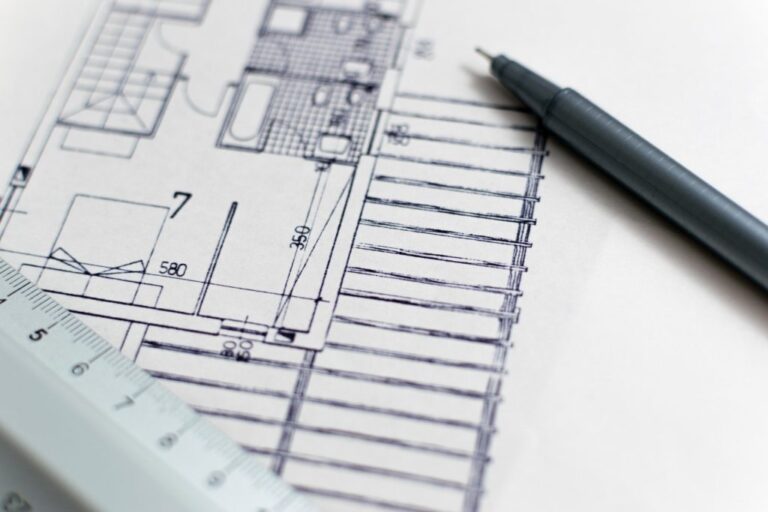
Ike Ijeh
Head of Housing, Architecture & Urban Space
The Government’s long-awaited Levelling-Up White Paper was finally published a week ago today, and if any one word within the built environment sphere summarises it, it is one we are likely to be hearing much more of for the remaining life of this Parliament: “place”.
The very first page sees the Government unequivocally nail its colours to the mast: “we are rewiring Whitehall to put place at the heart of decision-making.”
These are bold and inspiring words,but does the paper deliver on them? And what concrete built environment-related policy changes does the Government recommend on subsequent pages to enable the delivery of its much-vaunted levelling up objectives?
The answer, perhaps inevitably with any risk averse Whitehall stratagem released on the heels of a global pandemic, is a mixed one.
Much of the document is almost breathless in its ambition. It promises a transformation of the quality of British housing and encouragingly places particular emphasis on the expansion of private rental and social housing sectors.
The paper commits, albeit vaguely, to building more affordable housing in England, promises new legislation to improve the quality and regulation of housing, and refers to various already announced funding streams to unlock regeneration, such as the Towns Fund and a £2.6bn allocation from the Shared Prosperity Fund.
Impressively, it talks relentlessly about empowering local communities to become more fully engaged in the decisions that affect them, a clear and welcome commitment to democratise a planning system frequently considered aloof and unrepresentative by much of the general public. A proposed new infrastructure levy to help fund redevelopment of left-behind places could also be an innovative new mechanism to help local authorities to capture greater value from large-scale development. Furthermore there is much positive talk of reinvigorating high-streets.
While the document does not refer to Policy Exchange’s flagship Street Votes proposal by name, the Government announcing its intention to “create new local design codes to shape streets as residents wish” and “to look to pilot greater empowerment of communities to shape regeneration and redevelopment plans” makes a clear reference to the pioneering strategy first tabled in our Strong Suburbs paper last year.
Policy Exchange work is also referred to with regard to our formative role in establishing the Building Better Building Beautiful Commission, a key recommendation of our Building Beautiful programme and a movement that has now encouraged a British government to proudly claim, as it does here, that it seeks to “pioneer design and beauty”, simply unthinkable just a decade ago.
But the paper’s problems begin at what should be its strongest point: places themselves.
The document puts place at heart of its philosophy and rightly acknowledges that “people’s lives are shaped by the social and physical fabric of their communities”. This is recognised by the flagship new ‘Pride In Place’ programme, which essentially aims to ensure we are all more satisfied with wherever we live by 2030.
This is fine but beyond this the paper makes little effort to specifically define what a ‘good place’ is, how it differs from a ‘bad place’ or how, in policy terms, the former can be delivered within a levelling up context.
The standout “rewiring Whitehall to put place at the heart of decision making” line at the start of the document is followed by a disturbing suggestion that what this actually refers to is “moving more civil servants outside of London”. If the Government simplistically assumes that levelling up will be achieved by the forced relocation of indignant permanent secretaries from London to Darlington, then levelling up will fail.
Also of concern is a troubling paucity of policy. The proposed housing reforms provide a classic example. To help address the housing shortage – key to the socio-economic disproportionality levelling up aims to ease – the paper proposes relaunching help to buy, reforms to the leasehold system, more private and social housing and £2bn to tackle homelessness. All of this is welcome but it is hardly the kind of radical Macmillan-esque council house building programme that will transform the residential landscape of Britain.
Elsewhere the paper commits to increasing housing quality by reviewing the Decent Homes Standard, ending no-fault Section 21 evictions and making housing more energy efficient and older people-friendly. Again, all welcome but hardly the kind of municipal creative overdrive that triggered the Renaissance.
The paper also makes great play of refocusing Homes England to drive regeneration. This is presumably part of the paper’s surprising (though welcome) drive to deliver “20 new transformative regeneration projects”, but in doing so it proposes a variety of measures that merely amplify much of what Homes England does already.
And this is the crux of the problem: the paper is far more a timid re-presentation of established housing and regeneration ideas rather than a scintillating inventory of new ones.
There is much to welcome here. In the same way the then-government’s Urban Task Force refashioned the political landscape in the late-90s by placing design at the heart of policy, so too does levelling-up offer the tantalising prospect of placing place – and all the benefits of pride, quality, communality and productivity it can engender – at the centre of policy too.
But unless this is accompanied by a more robust understanding of what placemaking actually means, and a more radical and muscular policy approach to deliver it, levelling up runs the risk of achieving little more than a tokenistic corporate restructuring drive, akin to those that see senior managers forced out of private offices into open-plan workspaces but leaves company policy unchanged.
This was also published on ConservativeHome


